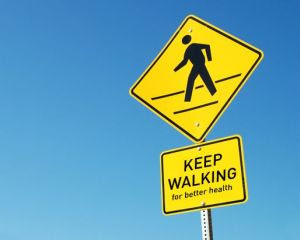Posture. It’s what people think of when I tell them that I work on improving the alignments of people I see. Except that posture is associated with static holding whereas alignment is a dynamic process. Alignment changes with simple things like breathing. It is alive. It is alignment in movement.
What many people do not realise is that alignment has more to do with function than aesthetics.
Alignment is technique for using and inhabiting your own body. Just like there are techniques for exercise there are also techniques for standing, sitting and walking.
Just look at people who are not doing these activities well to realise that there is technique to everything.
But basic standing and sitting alignments do not stop there. They are the foundation upon which movement is based.
Tai chi practitioners have known this for a long time.
Then when you want to move it becomes smoother, more efficient and easier on the joints.
And the simplest moving practice is walking.
Zen Buddhists knew this. They practice sitting and walking formally.
To practice mere standing posture without any carryover would be a limited exercise. That is where walking comes into the picture.
Even some more modern bodyworkers understand this.
Walking can be the easiest way to strengthen and stretch out the body dynamically.
Get to it.

